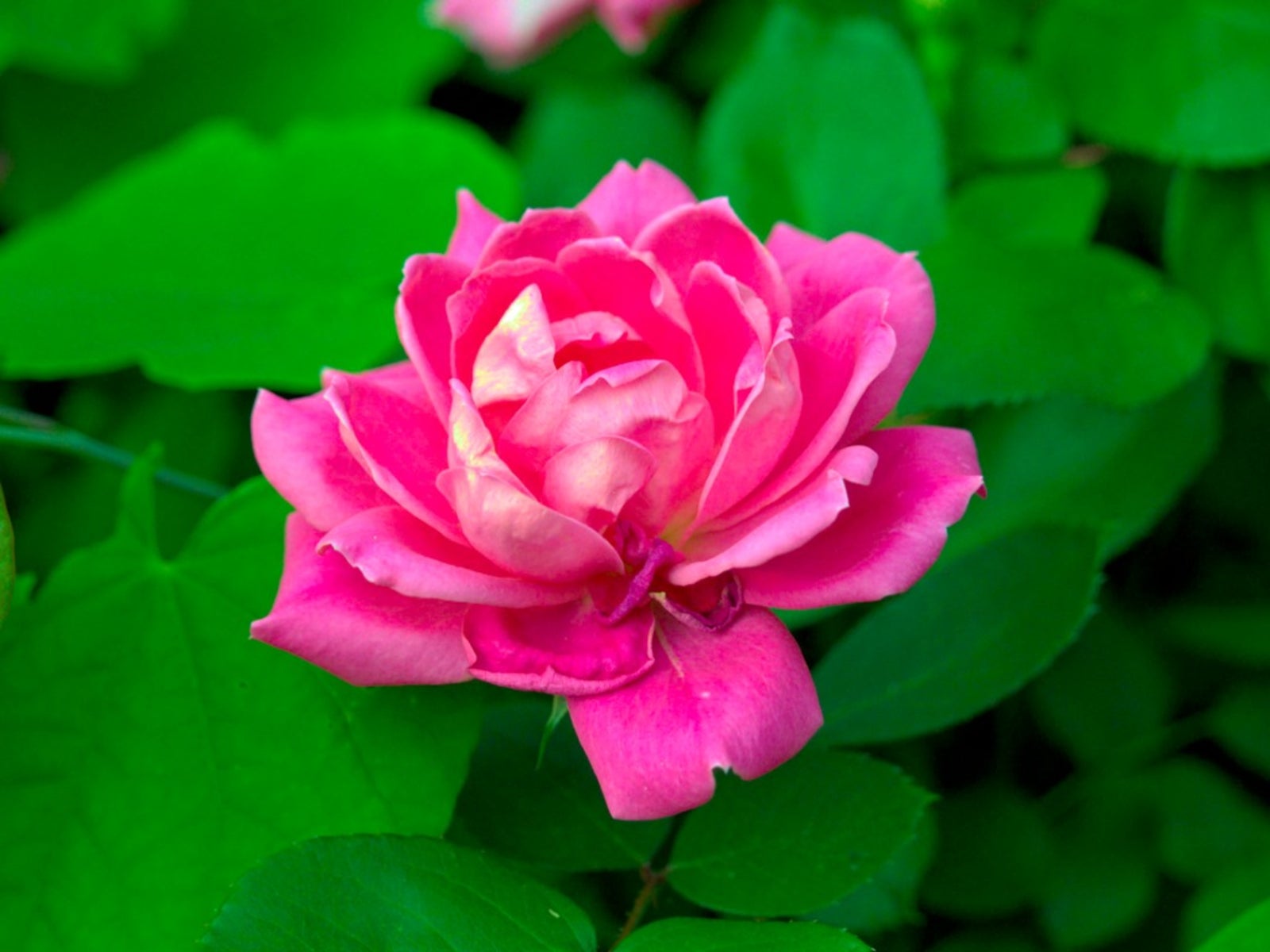Knock Out Roses For Zone 9: Tips For Growing Knock Out Roses In Zone 9 Gardens

Knock Out® roses have become very popular since their introduction in 2000. They combine beauty, ease of care, and disease resistance, and they are in bloom for an incredibly long period. They are great for containers, borders, single plantings, and cut flower production. Zone 9 is the hottest zone in which some Knock Outs can grow, while others can grow in zone 10 or even 11. So, what Knock Out rose varieties can a zone 9 gardener choose from?
Knock Out Roses for Zone 9
The original Knock Out® rose is hardy in zones 5 to 9. All the newer Knock Out rose varieties can also grow in zone 9. These come in an expanded range of colors including pink, pale pink, yellow, and multicolor. “Sunny” is a yellow Knock Out rose and the only one of the group that is fragrant. “Rainbow” is a Knock Out rose with petals that are coral pink at the tip and yellow at the base. "Double" and "Double Pink" Knock Outs are newer varieties that have twice as many petals as the original, giving them a fuller look.
Growing Knock Out Roses in Zone 9
Care of Knock Out roses is simple. Plant in a location that receives at least six hours of sun per day to keep your roses happy and healthy. In zone 9, Knock Out roses may flower almost all year-round. Keep your roses watered, especially during dry periods. Knock Outs are compact plants at 3 to 4 feet (1 m.) tall and wide. Still, roses planted in zone 9 tend to grow large and tall. You may need to allow more space for each plant, or you may need to prune them to keep them smaller. It’s also a good idea to prune to thin the branches and let more light and air into the interior. It is not really necessary to deadhead but removing spent flowers and rose hips (rose fruit) will encourage your shrub to put out more blooms. When hot, dry weather comes around, spider mites or other small critters may appear on your rose bushes. Hosing down your plants is usually the most effective way to deal with these pests. Spray them in the early morning from top and bottom with a strong jet of water.
Sign up for the Gardening Know How newsletter today and receive a free copy of our e-book "How to Grow Delicious Tomatoes".
Ilana Goldowitz Jimenez is a scientific and agricultural writer with a B.S. in Plant Sciences from Cornell University and a PhD in Chemical Biology and Infectious Disease from Harvard University.